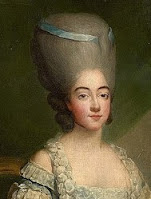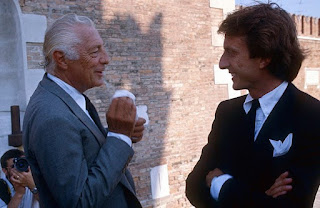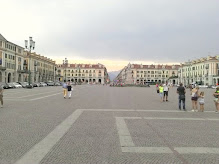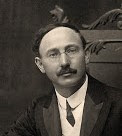Pietro Ferrero - baker and chocolatier
Humble beginnings of €20 billion company
Pietro Ferrero, the founder of the Ferrero chocolate and confectionery company, was born in Farigliano, a small town in Piedmont, on this day in 1898. A baker by profession, he moved to nearby Alba in 1926 with his wife and young son, Michele, before deciding to try his luck in Turin, where in 1940 he opened a large pastry shop in Via Sant’Anselmo. Trading conditions were tough, however, and the business was not a success. The family returned to Alba in 1942, setting up a smaller bakery in Via Rattazzi, at the back of which Pietro created a kind of confectionery laboratory. He had hit upon the idea of trying to find alternative materials from which to make products, largely because the high taxes on cocoa beans meant conventional chocolate-based pastries were expensive to make. Hazelnuts, on the other hand, were plentiful, Piedmont being one of Italy’s major producers. One of his experiments involved combining Gianduja, a traditional Piedmontese hazelnut paste, with about 20 per cent chocolate. Convinced his customers would like the taste, he began manufacturing bars of his chocolate-substitute on site at the bakery. Read more…
____________________________________________________________
Andrea Illy – businessman and writer
Family dream was to make the best coffee in the world
Andrea Illy, who is the chairman of coffee makers illycaffè, was born on this day in 1964 in Trieste, the capital city of the region of Friuli Venezia Giulia. The grandson of the founder of illycaffè, Francesco Illy, Andrea represents the third generation of his family to lead the business. His father, Ernesto Illy, was chairman of the company between 1963 and 2004. His sister Anna and brothers Francesco and Riccardo - a former CEO now vice-president - Illy are on the board of directors. Andrea graduated with a degree in Chemistry from the University of Trieste and went on to study at SDA Bocconi School of Management in Milan, Harvard Business School and Singularity University in Silicon Valley. He joined the family firm in 1990 as a supervisor of the quality control department. Inspired by Japanese business methods, Andrea started the Total Quality Programme, which established standards both for the company and the coffee industry in general. He was appointed CEO of illycaffè in 1994 and chairman of the company in 2005. He developed the Università del Caffè to spread the culture of coffee throughout the world. Read more…
__________________________________________________________
Marie Josephine of Savoy
Italian noblewoman who became titular Queen of France
Marie Josephine Louise of Savoy, who married the future King Louis XVIII of France, was born Maria Giuseppina Luigia on this day in 1753 at the Royal Palace in Turin. She became a Princess of France and Countess of Provence after her marriage, but died before her husband actually became the King of France. Marie Josephine was the third child of prince Victor Amadeus of Savoy and Infanta Maria Antonio Ferdinanda of Spain. Her paternal grandfather, Charles Emmanuel III, was King of Sardinia and so her parents were the Duke and Duchess of Savoy. Her brothers were to become the last three Kings of Sardinia, the future Charles Emmanuel IV, Victor Emmanuel I and Charles Felix. At the age of 17, Marie Josephine was married by proxy to Prince Louis Stanislas, Count of Provence, the younger brother of the Dauphin, Louis Auguste, who was fated to become Louis XVI of France and to be executed by guillotine. After the outbreak of the French Revolution, the Count and Countess of Provence stayed in France with the King and Marie Antoinette. Read more…
_________________________________________________________
Giuliano Gemma – actor
Talented Roman became award-winning film star
Actor, stuntman and sculptor Giuliano Gemma was born on this day in 1938 in Rome. He started working in the film industry as a stuntman but was then offered a real part in the film Arrivano i titani (The Titans Arrive), by director Duccio Tessari. After this his career took off and he appeared in Luchino Visconti’s Il Gattopardo (The Leopard), as Garibaldi’s General. Gemma starred in many spaghetti westerns, such as A Pistol for Ringo, Blood for a Silver Dollar, Wanted and Day of Anger. He sometimes appeared in the credits of the films under the name Montgomery Wood. For his portrayal of Major Matiss in Valerio Zurlini’s The Desert of the Tartars, he won a David di Donatello award. Gemma had many other film roles, often appeared on Italian television and also worked as a sculptor. His daughter, Vera Gemma, also became an actor. Giuliano Gemma died in October 2013 following a car accident near Rome. He was taken to a hospital in Civitavecchia but pronounced dead shortly after his arrival. Cinecittà in Rome, the hub of the Italian film industry, is a large studio complex to the south of the city, built during the fascist era. Read more…
























